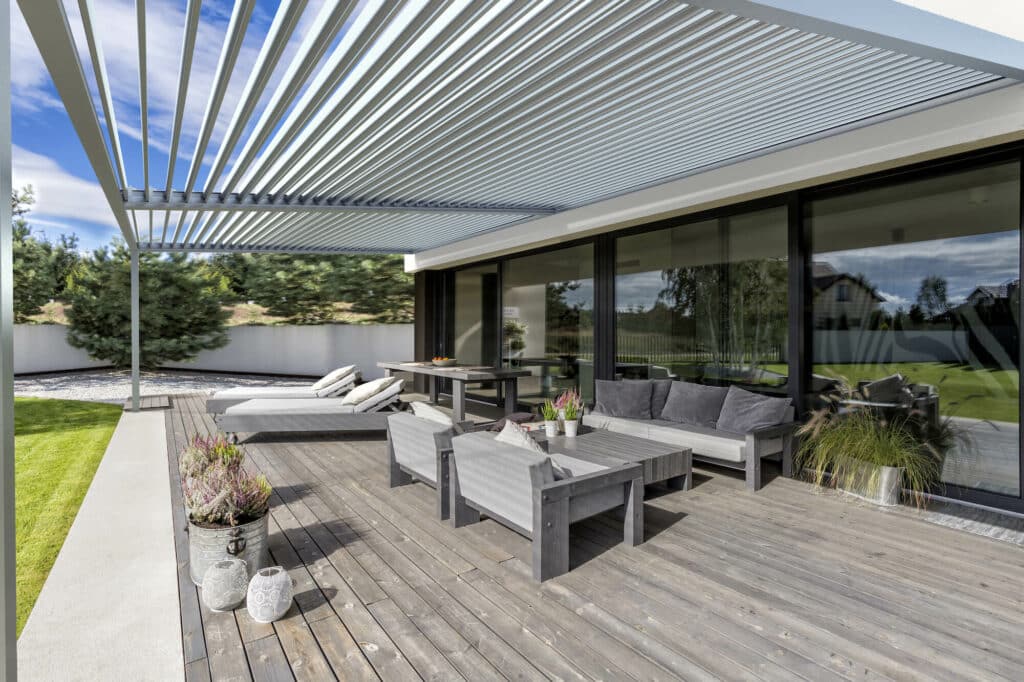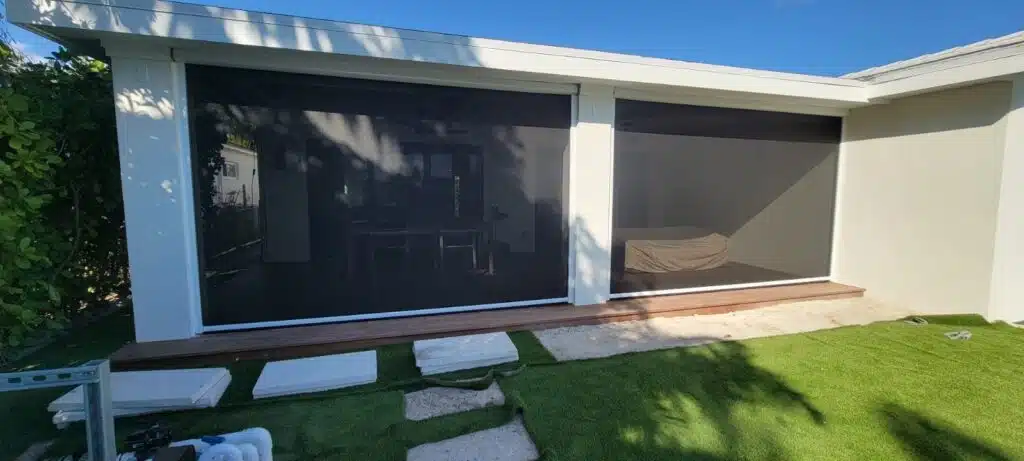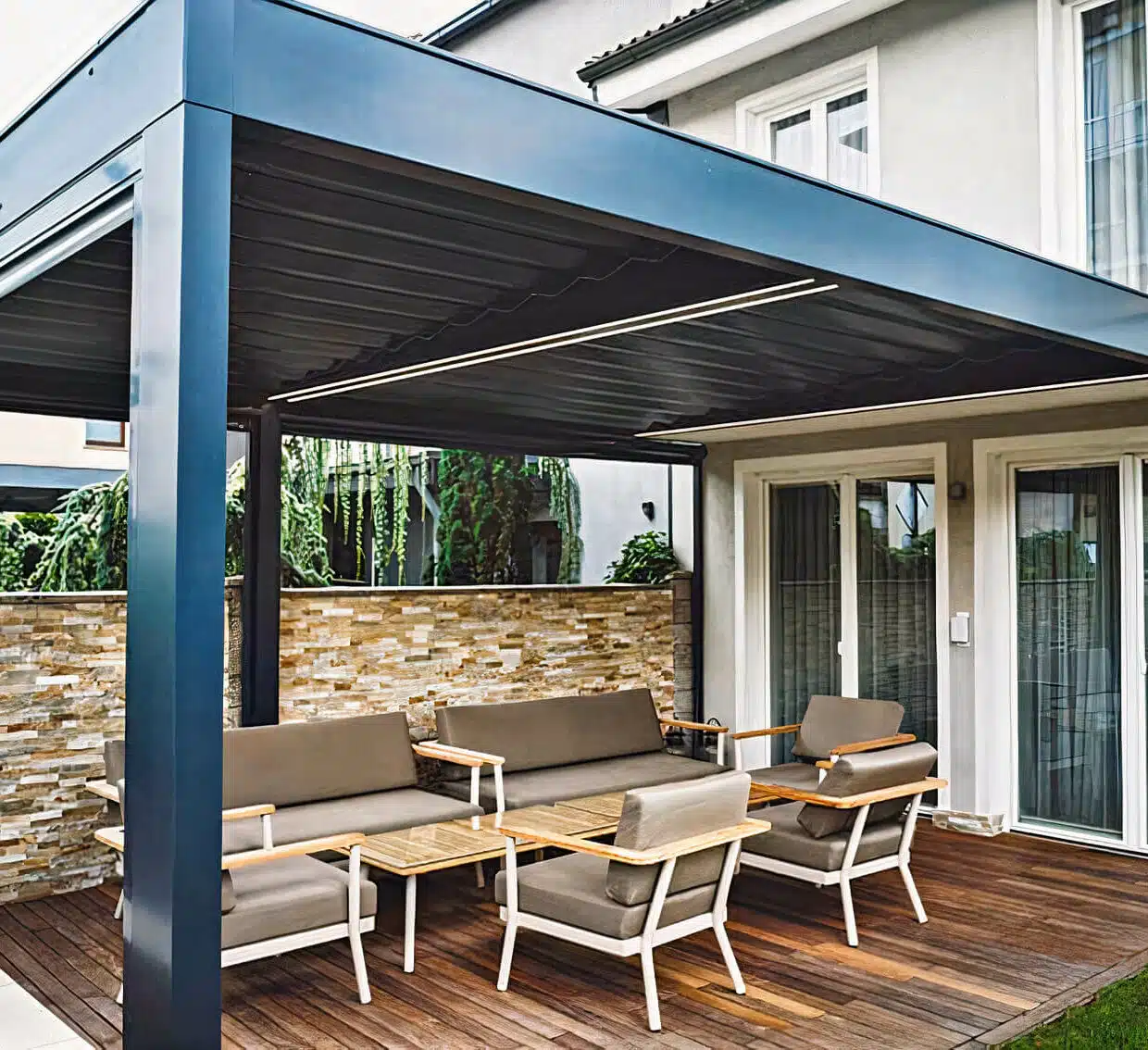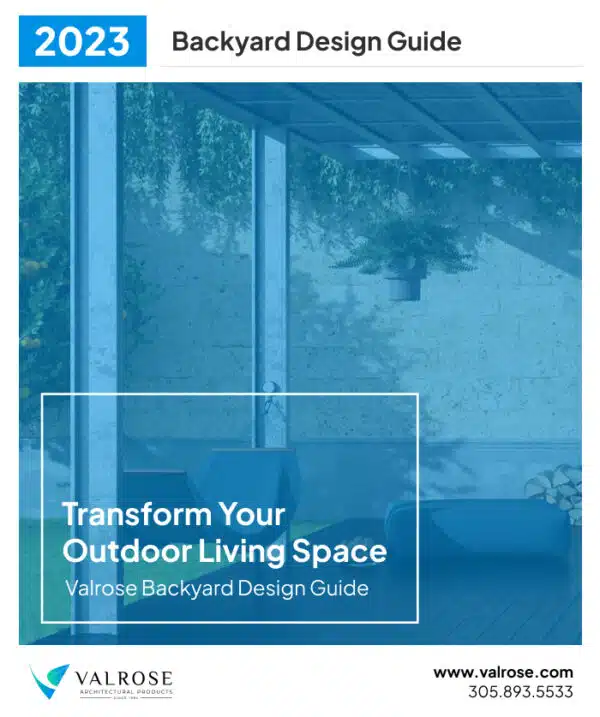Decks are a cherished extension of the home, offering a comfortable bridge to the great outdoors and providing a perfect setting for relaxation and social gatherings. As such, balancing the sunny ambiance with adequate shade is essential to ensure the space is comfortable and versatile throughout the day. Effective shade solutions not only protect against overexposure to sunlight but also enhance the outdoor space, giving it a cozy and inviting atmosphere.
Exploring shade options for a deck or patio requires consideration of both functionality and aesthetics. Traditional methods, such as umbrellas and awnings, provide quick and movable coverage, ideal for those who appreciate flexibility in their outdoor layout. On the other hand, permanent fixtures like pergolas and gazebos can create a lasting structure that not only shades but adds a significant visual element to the outdoor environment.
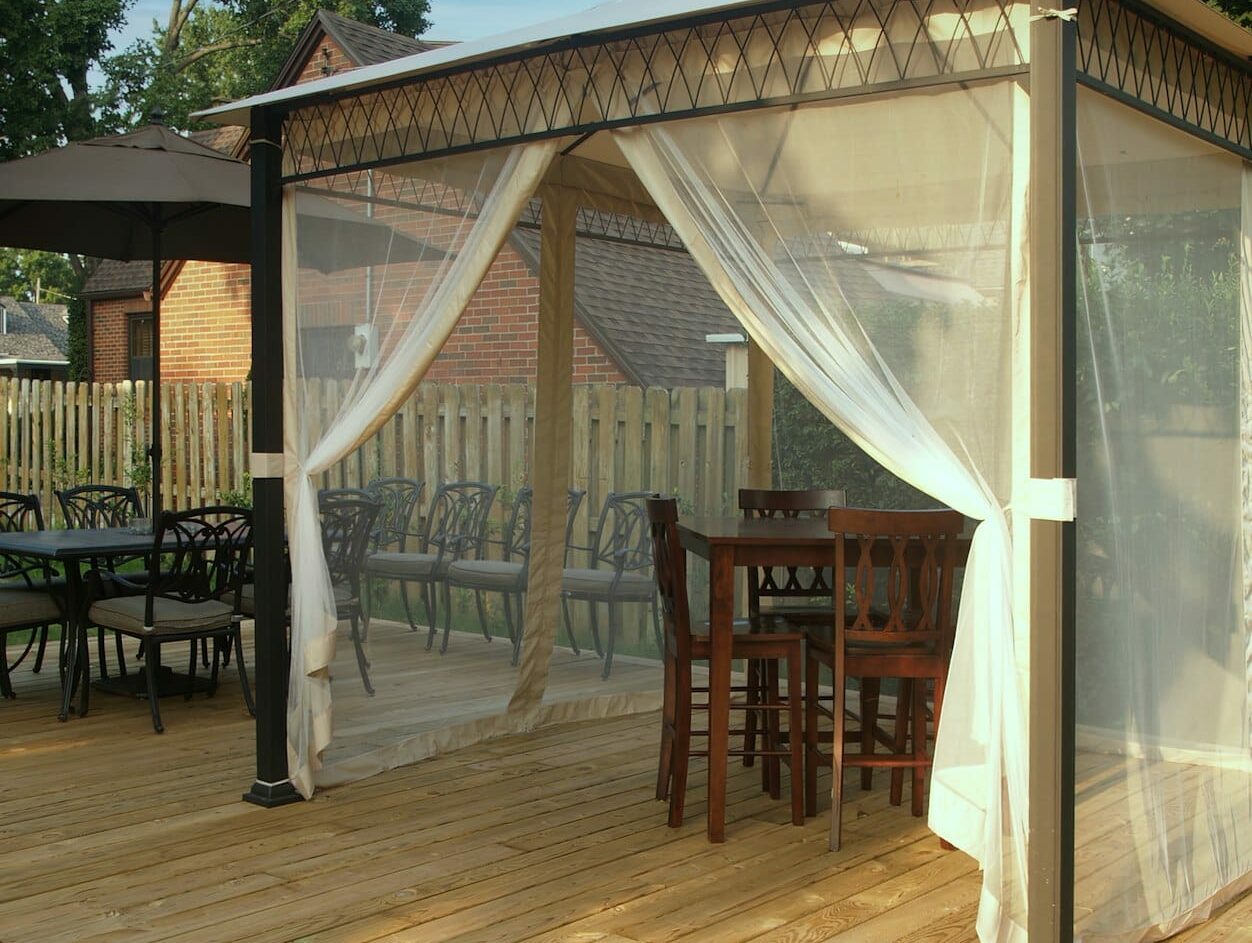
In creating shade, there is also an opportunity to reduce heat absorption, which is vital for maintaining the integrity of furniture and decking materials. Sails and curtains offer adaptable solutions, while trees and landscaping can provide a natural and eco-friendly approach to cooling the deck, contributing to a serene outdoor experience. Each option presents unique advantages and can be tailored to suit the space, ensuring both protection from the elements and an aesthetically pleasing retreat.
Understanding Shade Structures
When choosing a shade structure, one must consider both functionality and aesthetics to ensure a comfortable and stylish outdoor living space.
Define Your Shade Needs
The first step is to assess the area’s sun exposure and determine the primary purpose of creating shade. For areas with intense sun, a more robust solution, like a pergola with a solid cover, may be required to provide consistent shade throughout the day. For versatile shading needs, options such as retractable awnings or shade sails might be suitable, as they can be adjusted according to the sun’s position.
- High sun exposure: Solid shade structures (e.g., pergolas with covers)
- Moderate sun exposure: Semi-open structures (e.g., slatted roofs)
- Adjustable sun exposure: Dynamic shade solutions (e.g., retractable awnings, shade sails)
Choosing the Right Style
The shade structure’s style should blend seamlessly with the existing architecture and outdoor design. Pergolas provide a classic look and can be customized with climbing plants for a natural feel. Umbrellas offer a portable and casual style suitable for different settings. Cantilever umbrellas are especially beneficial, as their offset design allows unobstructed movement below.
- Pergolas: Ideal for a timeless and natural aesthetic
- Shade Sails: Modern, geometric shapes for contemporary spaces
- Umbrellas: Standard center-post or cantilever for flexibility
By carefully considering these aspects, one can properly integrate a functional and visually appealing shade structure into their outdoor space.
Built Shade Options
For homeowners seeking a permanent solution to shield their decks from the sun, building structures such as pergolas, awnings, and gazebos serve as both functional and aesthetic additions to outdoor spaces.
Pergolas and Arbors
A pergola provides a versatile shade option with a contemporary or rustic appeal. It consists of a framework covered with lattice or cross-sectioned beams that allow for partial sunlight, creating a dappled shade effect. Many homeowners choose to add climbing plants such as vines to an arbor or pergola, enhancing both the look and the amount of shade.
Awnings and Canopies
Retractable awnings come in handy for those who prefer an adjustable shade solution. They can be extended to provide shelter from the sun or retracted to enjoy the warmth on cooler days. Canopies offer a similar function with fixed or portable models, and their ease of assembly makes them popular among homeowners.
Gazebos and Cabanas
Gazebos are freestanding structures with a solid roof, providing complete shade and protection from the elements. Their enclosed design can include screens or windows. On the other hand, cabanas provide a luxurious shelter often featuring drapes or curtains, perfect for those who enjoy both shade and privacy on their patio or beside a pool.
Enhancements for Deck Shade
Enhancing deck shade involves more than just providing relief from the sun; it’s about creating a comfortable and aesthetically pleasing outdoor living space. Here are specific ways to incorporate functional and decorative elements that elevate the overall experience of shaded areas.
Incorporating Outdoor Curtains and Screens
Outdoor curtains offer a versatile solution to provide privacy and shade on a deck. They can be durable and water-resistant, making them suitable for outdoor conditions. Outdoor curtains and screens not only block out excessive sunlight but also add a touch of elegance:
- Materials used are typically fade-resistant to maintain their look over time.
- Curtains can be drawn back when not in use or to let in natural light as desired.
Strategic Placement of Umbrellas
Choosing the right umbrella is crucial for creating shade while maximizing space. There are two main types to consider:
- Market umbrella: Classic design, often placed through a hole in a table.
- Cantilever umbrella: Anchored at only one end, allowing for unobstructed space beneath.
Umbrellas should be placed where they will cast shade during peak sun hours. The tilt and rotation features in some models can adjust the shade to the sun’s position.
Lighting and Accessories for Ambiance
The addition of lighting can transform a shaded deck into a cozy area to enjoy during the evening:
- LED lights and solar-powered options are energy-efficient solutions for deck illumination.
- String lights can be draped along the underside of pergolas or around railings to create a warm and welcoming atmosphere.
Using accessories such as plush cushions or outdoor rugs adds comfort and style, making the deck an inviting extension of the home.
Natural Shade Solutions
When designing deck shade, the natural environment can be leveraged for both aesthetic and functional benefits. Trees and climbing plants offer a sustainable way to create shade, contributing to the deck’s ambiance while providing environmental advantages.
Plant Trees for Year-Round Comfort
For year-round comfort, deciduous trees are an excellent choice for natural shade. They create a canopy of leaves in the spring and summer that provides cool shade. In fall and winter, their bare branches allow sunlight to pass through, keeping the area warmer. Planting shade trees at a strategic distance from the deck ensures their canopy will properly cover the intended area as they mature.
- Pros:
- Cooling effect in summer
- Allows warmth in winter
- Adds greenery and natural beauty
- Cons:
- Takes years to mature
- Requires space for growth
- Seasonal maintenance, such as leaf cleanup
Growing Vines and Climbing Plants
Growing vines and other climbing plants can offer shade to a deck area quickly relative to the growth of trees. Plants such as ivy or wisteria can be trained to grow over pergolas or trellises, creating a green roof that filters sunlight. Their dense foliage provides cool, shaded areas that enhance the deck’s usability and comfort.
- Pros:
- Quick-growing for faster shade
- Versatile design options with trellises
- Adds lush greenery and visual interest
- Cons:
- Requires structures to climb on
- May need regular pruning
- Potential for invasive growth if not monitored
Optimizing Deck Layout
When planning the layout of a deck or patio, careful consideration of furniture arrangement and the deck’s size and shape can maximize comfort and functionality.
Furniture and Space Arrangement
The placement of outdoor furniture is pivotal in optimizing a deck’s layout. Homeowners should allow for proper flow and maintain clear pathways for ease of movement. A central feature, such as a table or fire pit, can anchor the space, while additional seating can be arranged to face this focal point. Adding a rug can delineate specific areas, making the living space feel more cohesive. The use of patio furniture should complement the space rather than overwhelm it; for example, a square or rectangular table often works well with the deck’s geometry.
- Central Focal Point: Fire pit or coffee table
- Seating Arrangement: Chairs and benches facing inward
- Rug Placement: Under tables or seating areas to define spaces
Deck Size and Shape Considerations
The size and shape of a deck or patio are critical in determining how one can optimize the area for both aesthetic appeal and practical use. A larger deck may allow for multiple furniture groupings and more elaborate features, while a smaller patio may benefit from multi-functional furniture like storage benches to conserve space. The shape should also influence the arrangement; rectangular decks can have distinct zones for dining and lounging, whereas square patios might focus on one central function.
- Large Decks:
- Multiple furniture groupings
- Distinct zones for activities
- Small Patios:
- Multi-functional furniture
- Centralized layout for efficiency
Shade Solutions on a Budget
Creating shade for your deck or patio doesn’t have to strain your finances. There are economical solutions that can reduce sun exposure while enhancing your outdoor space.
Budget-friendly Shade Strategies
Homeowners can leverage several cost-effective strategies to cultivate shade in their outdoor areas. Shade cloths are a versatile and affordable way to produce dappled shade, protecting against UV rays without eliminating natural light. They can be installed with minimal hardware and adjusted to cover different angles of the sun. Retractable awnings provide a dynamic shading option that can be extended or retracted as needed, offering flexibility in weather conditions. For those with a tighter budget, simple, ready-to-use options might be more accessible compared to motorized versions.
DIY Shade Projects
For the hands-on individual, DIY shade projects can be satisfying and economical. Pergolas are one of the more popular DIY shade projects; homeowners can leave it open for indirect light or add fabric covers for more protection. Assembling a pergola does not require advanced skills and can be a weekend project. Another DIY option includes using a cantilever umbrella, which relies on an offset base to offer a covered space without obstructing the center of the entertaining area. This setup allows for easy movement and positioning to chase the shade throughout the day.
Enhance Your Outdoor Living Space With Valrose
If you’re thinking about sprucing up your backyard with a new deck, adding a new shade structure to the property should be a no-brainer. Whether you want to add shade to the whole area or just cover a part of it, your family and guests will love having a space to get out of the sun – especially in South Florida.
Want to learn more about what we can do to enhance your outdoor living space? Contact Valrose today to discuss your project with one of our shade experts.



